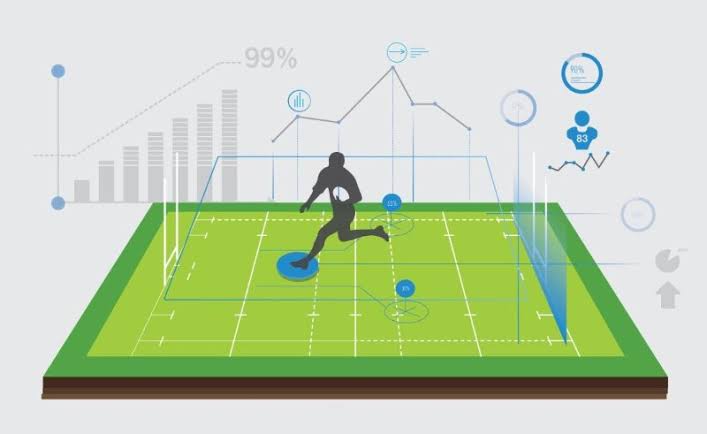The rise of sports analytics has transformed the way athletes and teams approach their performance and strategy. One of the most impactful tools in this domain is video data analysis. By leveraging advanced technologies such as computer vision, machine learning, and big data analytics, video data provides in-depth insights into athlete and team performance. This comprehensive analysis can lead to better decision-making, optimized training programs, and ultimately, improved results on the field.
The Role of Video Data in Sports Analytics
Video data has become an integral component of sports analytics. It offers a visual representation of the game, capturing every movement, play, and interaction in detail. This data can be processed and analyzed to extract meaningful insights about performance, strategy, and areas for improvement.
Detailed Performance Analysis
Video data allows for detailed performance analysis at both the individual and team levels. For individual athletes, it provides insights into techniques, form, and biomechanics. For instance, in sports like tennis or golf, video analysis can break down an athlete's swing or serve to identify areas for improvement. For team sports, video data helps analyze coordination, positioning, and tactical execution. Coaches and analysts can study footage to understand how well players are adhering to strategies and identify gaps that need to be addressed.
Injury Prevention and Rehabilitation
Analyzing video data can also play a significant role in injury prevention and rehabilitation. By examining an athlete’s movements, experts can identify patterns that may lead to injuries, such as improper technique or excessive strain on certain muscles or joints. This proactive approach allows for adjustments in training to mitigate injury risks. Additionally, video analysis can aid in monitoring an athlete’s rehabilitation progress, ensuring that they are regaining proper form and technique post-injury.
Tactical and Strategic Insights
Video data provides a wealth of information for developing tactical and strategic insights. Coaches can review footage to assess the effectiveness of their game plans, understand opponents’ strategies, and make data-driven adjustments. For example, in soccer, video analysis can reveal how an opponent’s defense tends to react to certain offensive plays, allowing coaches to devise counter-strategies. This real-time adaptability is crucial for staying competitive in high-stakes matches.
Advanced Technologies in Video Analysis
Several advanced technologies are employed in the analysis of video data in sports. These technologies enhance the accuracy, efficiency, and depth of insights that can be derived from video footage.
Computer Vision
Computer vision is a key technology in video analysis, enabling the automated extraction of information from video data. By using algorithms to detect and track objects, such as players and the ball, computer vision can provide precise data on movements, trajectories, and interactions. This automated tracking allows for comprehensive analysis without the need for manual annotation, saving time and reducing human error.
Machine Learning
Machine learning algorithms play a vital role in interpreting and analyzing the vast amounts of data generated from video footage. These algorithms can identify patterns and correlations that may not be immediately apparent to human analysts. For example, machine learning can analyze player positioning data to identify optimal formations and strategies. Over time, as more data is fed into the system, these algorithms become increasingly accurate and insightful.
Big Data Analytics
Big data analytics involves processing and analyzing large volumes of data to uncover trends and insights. In sports, big data analytics can integrate video data with other types of data, such as player statistics, physiological data, and game outcomes. This holistic approach allows for a more comprehensive understanding of performance and factors that influence it. For instance, combining video data with GPS tracking and biometric data can provide a complete picture of an athlete’s performance and workload, informing training and recovery protocols.
Applications of Video Data Analysis in Different Sports
The application of video data analysis varies across different sports, tailored to the specific demands and characteristics of each sport.
Basketball
In basketball, video data analysis focuses on player movements, shot mechanics, and team dynamics. Analysts can study footage to evaluate shooting techniques, defensive strategies, and player rotations. For example, video analysis can reveal tendencies in an opponent’s offensive plays, allowing coaches to develop targeted defensive strategies. Additionally, video data helps in assessing the effectiveness of pick-and-roll plays, transition offense, and other tactical elements.
Soccer
Soccer relies heavily on video data analysis to assess team formations, player positioning, and in-game decisions. By analyzing video footage, coaches can evaluate the effectiveness of different formations, understand how players interact on the field, and identify opportunities for improvement. Video analysis is also used to study opponents’ strategies, such as their pressing tactics and set-piece routines. This information is invaluable for devising counter-strategies and making real-time adjustments during matches.
